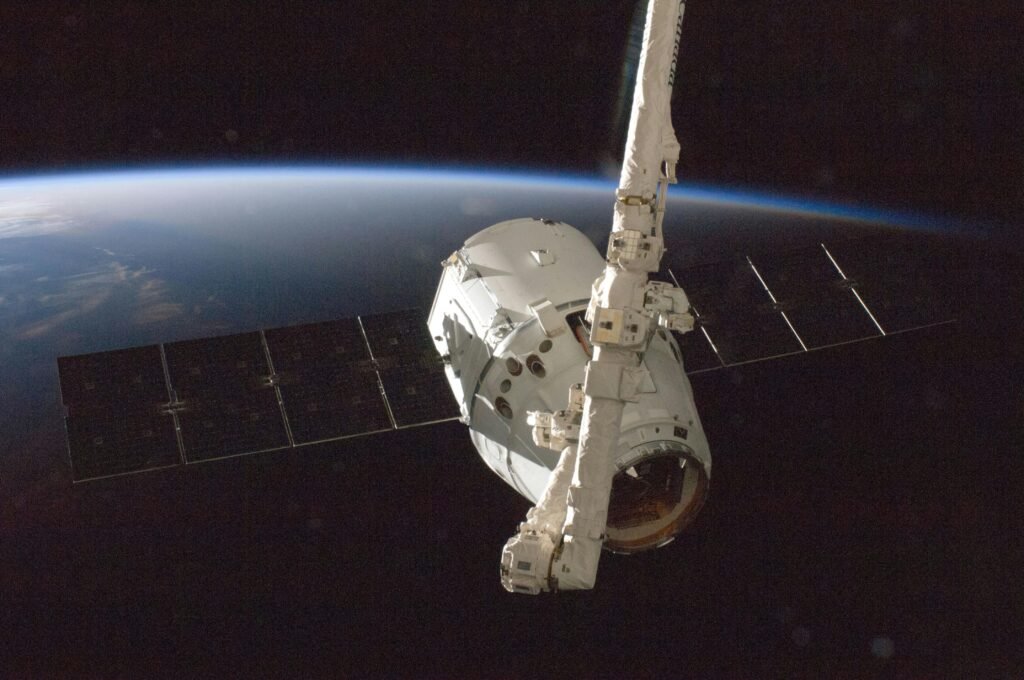
In a world increasingly dependent on accurate, real-time information, weather forecasting plays a crucial role—not just in telling us whether to grab an umbrella, but in helping industries, governments, and communities prepare for natural disasters, manage agriculture, and ensure transportation safety. But behind every weather update is an often-overlooked hero: the weather satellite.
Let’s explore how weather satellites work, why they’re indispensable, and what our world would look like without them.
What Are Weather Satellites?
Weather satellites are specialized Earth-observing instruments launched into orbit to monitor atmospheric conditions from space. Unlike ground-based weather stations, these satellites offer a global, bird’s-eye view—making it possible to detect large-scale weather patterns, storms, and climate dynamics.
There are two main types:
- Geostationary satellites: Stay fixed above one area, continuously observing weather changes in real time.
- Polar-orbiting satellites: Travel around the Earth from pole to pole, collecting high-resolution data over time.
Together, they give us a comprehensive picture of Earth’s atmosphere—something we couldn’t achieve from the ground alone.
How Do They Work?
Weather satellites use sensors to detect:
- Cloud cover and movement
- Surface and atmospheric temperatures
- Moisture levels in the atmosphere
- Storm systems and pressure changes
This data is sent back to Earth and fed into meteorological models. These models are used by national weather agencies, apps, and media outlets to generate the forecasts we rely on every day.
In simple terms: if the atmosphere is a puzzle, satellites give us all the missing pieces we can’t see from the surface.
Without Satellites, Forecasting Would Be Chaos
Imagine trying to plan your week based on “gut feeling,” old weather patterns, or what the clouds seem to look like.
Without satellites, weather predictions would be:
- Late or entirely inaccurate
- Incapable of tracking fast-moving storm systems
- Useless for remote or oceanic areas
It would be like trying to drive without a map—dangerous, inefficient, and unpredictable.
Real-World Impact of Satellite Data
The importance of satellite-based forecasting goes far beyond daily weather reports. It impacts:
- Disaster preparedness: Early warnings for hurricanes, floods, and wildfires save lives.
- Agriculture: Farmers rely on climate data to plan planting, harvesting, and irrigation.
- Aviation and shipping: Accurate forecasts reduce delays and prevent accidents.
- Climate science: Long-term satellite records help us track global warming and environmental changes.
Every minute, weather satellites send critical data to Earth—data that helps us act faster and smarter.
Who’s Watching the Sky?
Agencies and partnerships around the world operate and share satellite data. Key players include:
- NOAA’s GOES satellites (USA)
- Japan’s Himawari series
- NASA’s Terra and Aqua missions
- ESA’s MetOp satellites
- Indonesia’s LAPAN & BMKG, which access global data for localized forecasting
This global collaboration ensures no region is left in the dark—literally.
The Next Time You Get a Weather Notification…
You know the one that says “Rain expected in 30 minutes”?
That’s not just your phone being smart—it’s thousands of kilometers of tech in the sky, monitoring Earth every second.
So next time you check your weather app, remember the silent network of satellites making it all possible.
Conclusion Weather satellites are not just space tech—they’re life-saving tools, invisible infrastructure that keeps our modern world prepared, informed, and safe. From natural disasters to your morning commute, their impact is everywhere.
